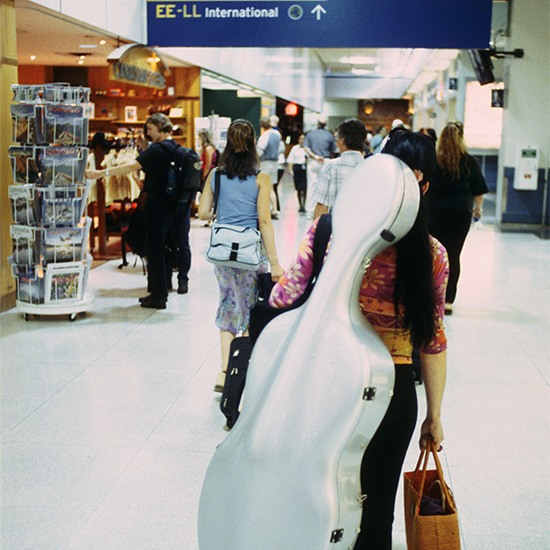This post may contain affiliate links. We may earn money or products from the highlighted keywords or companies or banners mentioned in this post.
01.16.15

Last summer, classical trio renegades Time For Three visited T+L's offices for an impromptu concerto, telling us about their musical inspirations and travel challenges—among them, a fairly well-publicized run-in with a TSA agent hell bent on gate checking the group's vintage Stradivarius.
Apparently such issues aren't uncommon among musicians—despite the FAA Modernization and Reform Act, which was signed into law in 2012 and included Section 403 on bringing instruments on commercial flights. (The act also covers everything from national airspace safety to the types of model aircraft an individual can fly.)
Airlines were given two years to carry out the provision and implement rules for musical instruments—and that time is now upon us, effective March 6. Though many airlines have already adopted policies matching the requirements of the 2012 law, customer service agents and flight crew are often unable to communicate and implement the rules accurately.
To help navigate the musical instrument policies of major domestic carriers, Airlines for America created a helpful web page, which summarizes the rules and provides links to the airlines' own sites. (One example: American Airlines only accepts base fiddles on certain aircraft, and never in the main cabin, due to their size.)
But musicians, beware: According to the law, stowage space is still “first come, first serve” like any other carry-on, and if there's no room left on the plane for your violin, you will have to check it—and may be charged a fee.

Brooke Porter Katz is an Associate Editor at Travel + Leisure. Follow her on Twitter at @brookeporter1.











